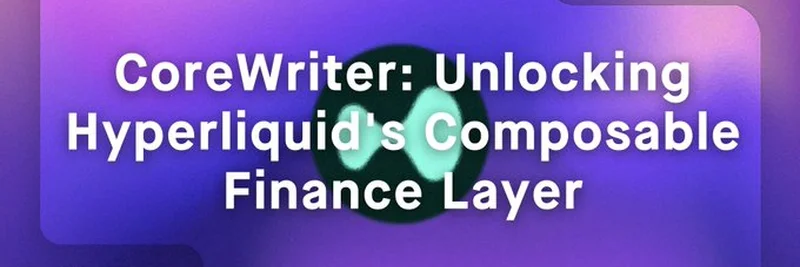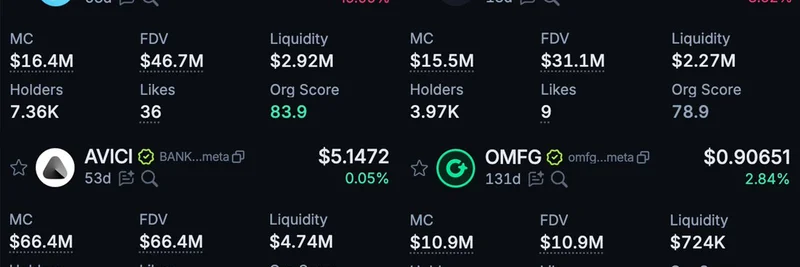Hey there, crypto enthusiasts! If you’ve been keeping an eye on the latest blockchain innovations, you’ve probably heard about Hyperliquid and its exciting new upgrade, CoreWriter. This isn’t just another tech update—it’s a game-changer for decentralized finance (DeFi). Let’s dive into what CoreWriter brings to the table and why it’s making waves in the crypto community.
What’s CoreWriter All About?
CoreWriter is an upcoming upgrade for Hyperliquid, a platform that’s been shaking up the DeFi space with its high-performance blockchain. According to a recent thread from Blockworks Research, CoreWriter allows HyperEVM (Hyperliquid’s Ethereum Virtual Machine-compatible layer) contracts to execute transactions directly on HyperCore’s Central Limit Order Book (CLOB). In simple terms, this means developers can now build apps that not only read data but also perform actions like placing orders or managing positions—all on-chain!
The first image in the thread gives us a sneak peek:
Breaking Down the Tech
So, what makes this upgrade so special? HyperCore is designed to handle super-fast trading, but it used to operate like a silo, separate from other DeFi activities. HyperEVM steps in to bridge that gap, bringing back composability—the ability to combine different financial tools seamlessly. Think of it like Lego blocks: you can now stack trading, lending, and other DeFi features together on Hyperliquid.
With CoreWriter, HyperEVM contracts can tap into real-time data from HyperCore, like oracle prices or order book states. This is huge for lending protocols or decentralized exchanges (DEXs) that need accurate, up-to-the-minute info. Plus, the upgrade lets these contracts execute trades directly, opening the door to automated strategies like liquidations or algorithmic trading.
Why It Matters for DeFi
This integration unlocks billions of dollars in liquidity that was previously stuck in off-chain centralized exchanges (CEXs). Imagine running a lending protocol or a yield farming strategy that taps into Hyperliquid’s robust order books—pretty cool, right? The thread highlights how CoreWriter enables cross-margin lending, automated liquidations, and more, all while leveraging Hyperliquid’s 1M HYPE security framework to keep things safe and permissionless.
Scheduled for the next network upgrade around July 5, 2025, CoreWriter is set to roll out just in time to capitalize on the growing DeFi trend. This aligns with predictions of a 300% volume surge by 2025, as noted in various crypto analyses.
The Bigger Picture
Hyperliquid’s journey didn’t start with CoreWriter. It began with HyperCore establishing on-chain order books, followed by HIP-2 and HIP-3 to distribute these markets decentrally. Now, CoreWriter completes the puzzle by letting developers build on top of this infrastructure. It’s like Hyperliquid is building a financial playground where anyone can create innovative DeFi apps without the usual risks or barriers.
For those interested in the full scoop, Blockworks Research promises a detailed report by analyst ShaundaDevens. Keep an eye out for that!
Final Thoughts
CoreWriter isn’t just a tech upgrade—it’s a step toward a more connected and powerful DeFi ecosystem. Whether you’re a developer, trader, or just a crypto curious, this could be your chance to explore new opportunities on Hyperliquid. As we approach the launch date, the excitement is palpable, and the potential for meme tokens and other DeFi innovations to thrive is sky-high.
What do you think about this upgrade? Drop your thoughts in the comments, and stay tuned to meme-insider.com for more blockchain updates and insights!



